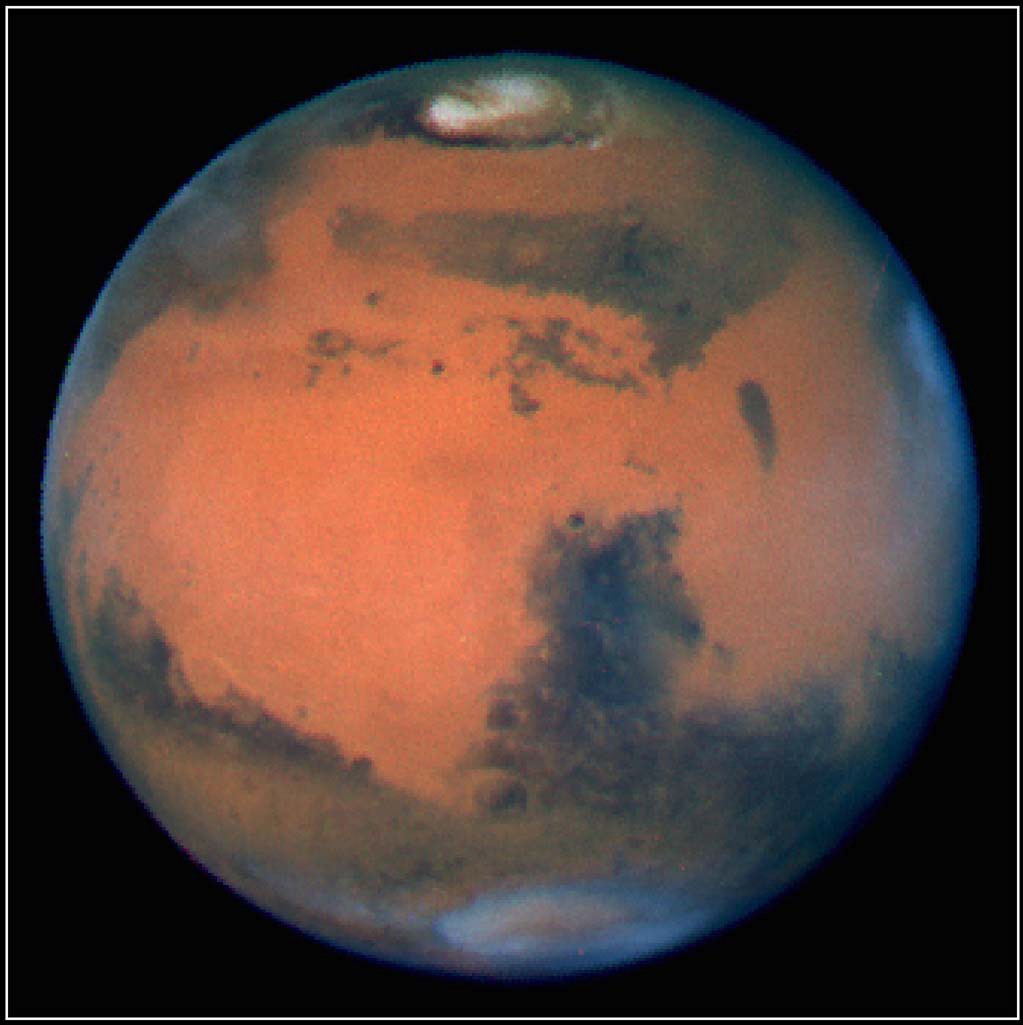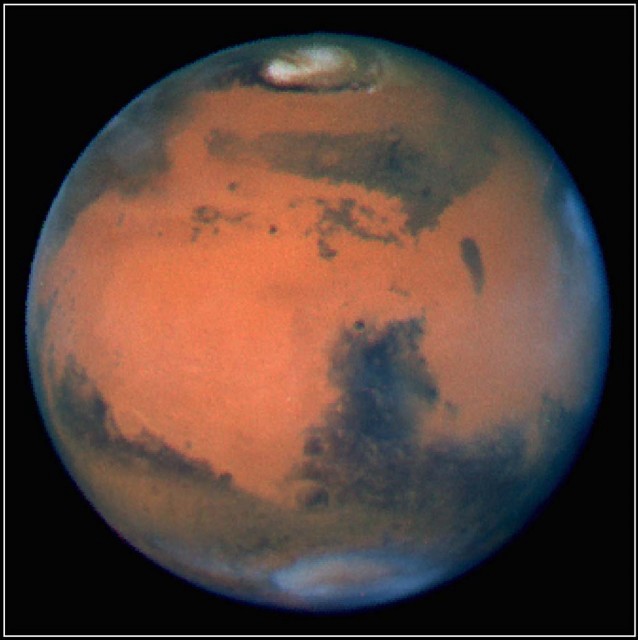Your Mission Is to Simulate Pouch-Food Eating on Mars


Today in interesting job descriptions, via The New Yorker:
In April, six people entered a geodesic dome, just thirty-six feet in diameter, perched on the barren, reddish slopes of the Hawaiian volcano Mauna Loa. They will be there until August, simulating that they are living on Mars. Their mission: to eat.
Cool mission! The article continues to say that, while we’re still “decades away from potentially becoming an invasive species on Mars,” it’s time to figure out what we’re going to eat once the Red Planet is colonized. Fresh off a series of cooking classes at Cornell, the terranauts in Hawaii are charged with finding viable alternatives to the “classic astronaut fare” of pre-packaged meals, which are convenient but numbing: astronauts nearly always lose weight in space, and the gastronomic fatigue would be unsustainable for a long-term mission. So:
The HI-SEAS crew documents every meal meticulously, like a group of neurotic nutritionists. They record the ingredients that comprise every meal and the weight of each dish; they take photos of every plate and note any leftovers; and they fill out surveys before and after every meal, recording hunger levels, mood, productivity, and health.
Alternating between two days of food preparation and two days of pre-packaged meals, the crew’s come up with a few winners that bring the categories together, like “a ‘Martian’ sweet-and-sour-chicken-and-cabbage soup, made with dehydrated veggies and freeze-dried pineapples.” The space agency is also working on improving the quality of their tube foods:
One of NASA’s challenges for Mars is to come up with pouched foods that can last for up to five years. Currently, the agency has around seven meat items with that kind of shelf life.
Seven meats that last five years in a pouch! The whole thing is slightly inconceivable to me, especially the scale aspect:
“When you’re talking about a Mars mission that goes two and a half years, and if you’ve got to feed a crew of six, you’re looking at around twenty-two thousand pounds of food,” said Perchonok. “About three thousand of that is packaging.”
Slightly related: my very favorite short story about long-term space exploration, Ray Bradbury’s plain, vivid heartbreaker “All Summer in a Day.”